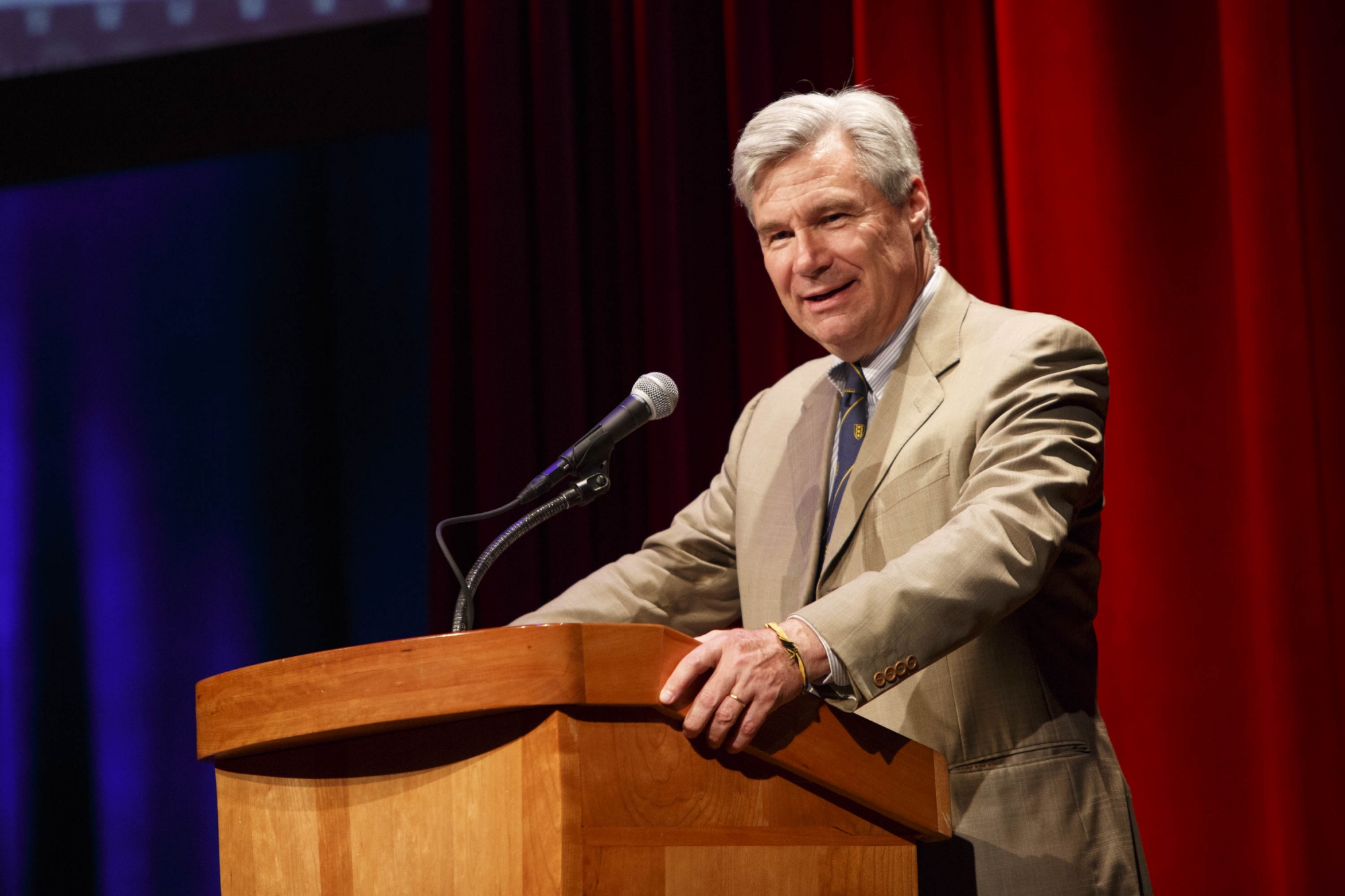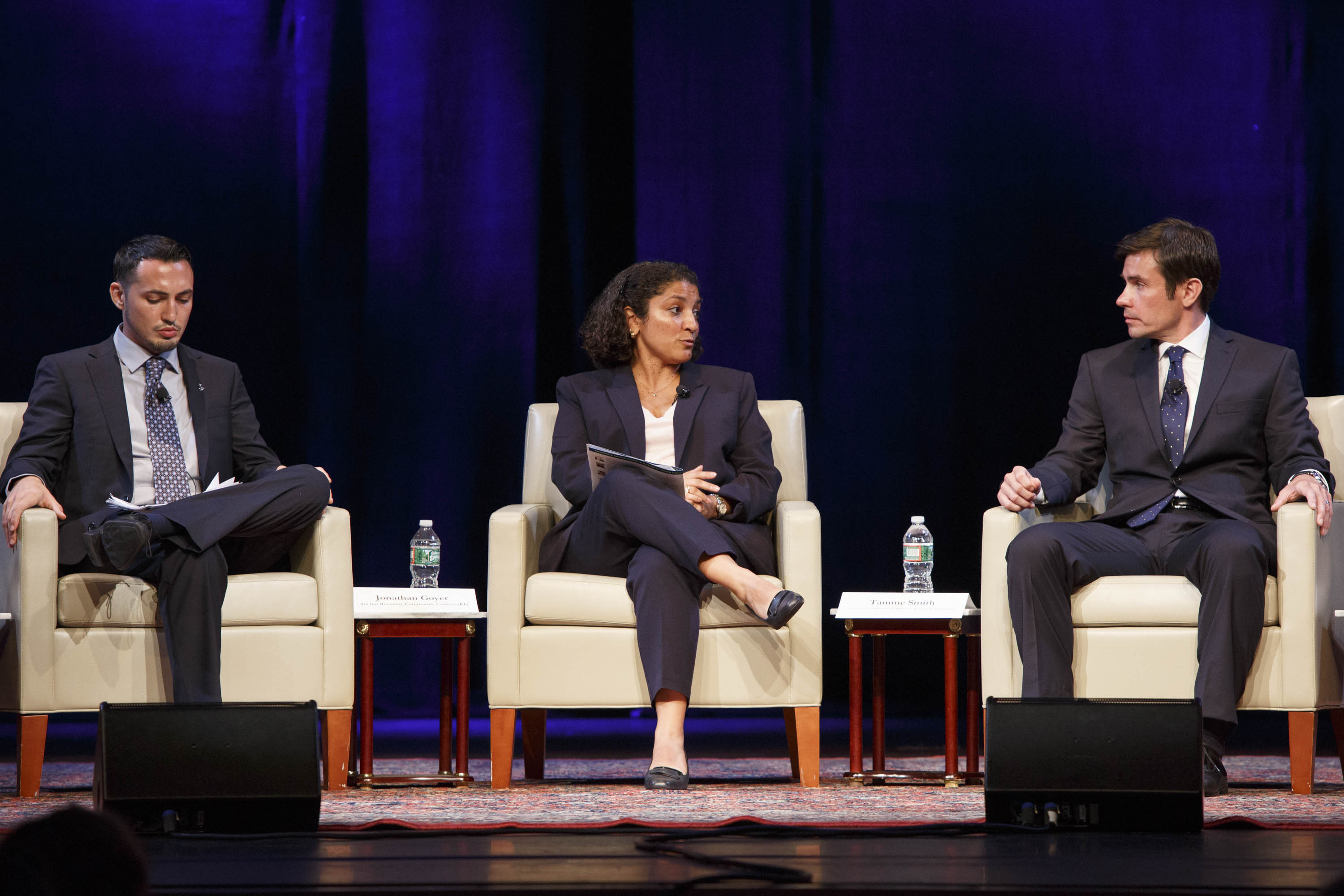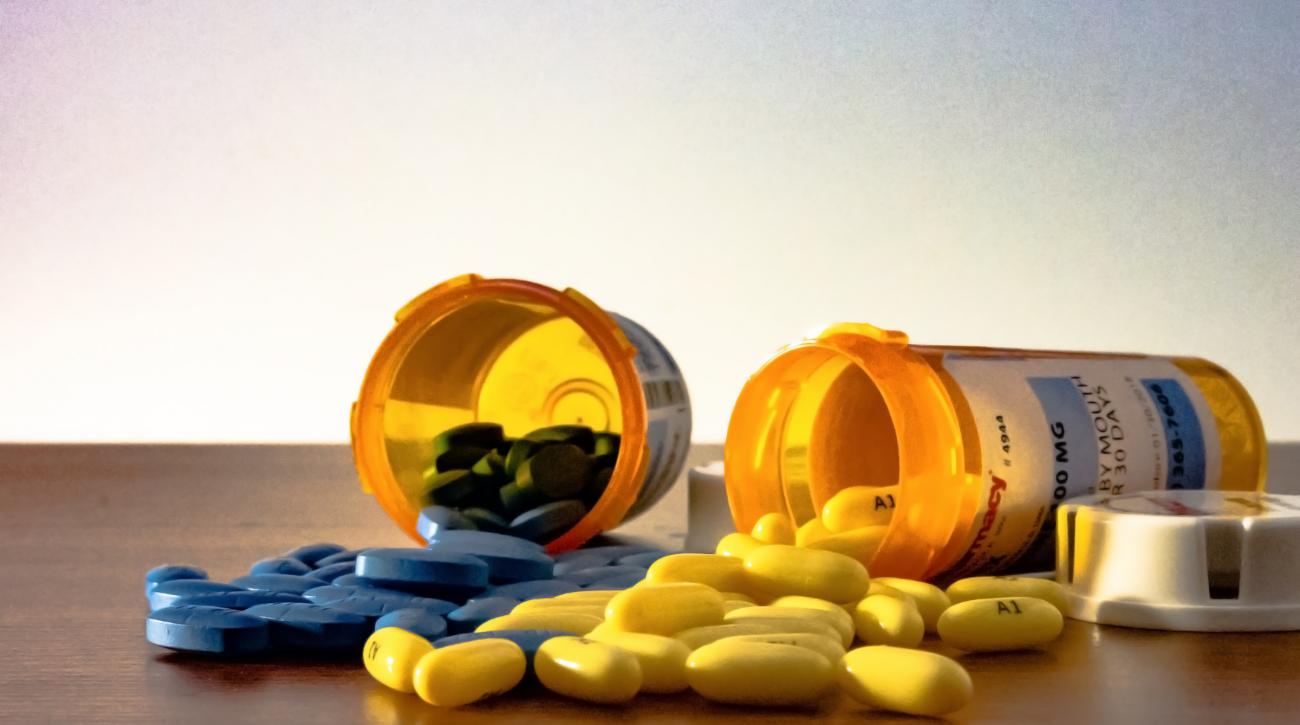By Kristen Mitchell
When Nathan Koranda was training to be a Minneapolis paramedic, he hoped he would have the chance once or twice in his career to administer Naloxone, a life-saving drug for patients overdosing on opioids.
His opportunity came early on. He administered the drug to a man on the brink of death and barely breathing, then watched the color flood back into his face. Mr. Koranda, who lost his own brother to heroin overdose, said it was amazing to save someone’s life.
Mr. Koranda has administered Naloxone countless times since then. He expects his coworkers at the Hennepin County Medical Center EMTs to administer more than 1,000 doses of the drug this year as opioid overdose continues to rise.
“There’s so few things that have a fix, an antidote,” Mr. Koranda said. “To give this medication has felt miraculous at times and frustrating because I know that at this particular point the system isn’t set up to get these people from that point into the next point, which is recovery.”
Many people who overdose will overdose again, Mr. Koranda said. Two years after saving the first man he administered Naloxone to, he was back at his house. This time the man died.
“The power of addiction is greater than the fear of death,” Mr. Koranda said. “What I’ve taken to doing is just treat these individuals with the respect, integrity, dignity, love and compassion that I treat everybody else with who is in the back of my ambulance.”
Advocates, experts and lawmakers discussed how to best help people suffering with opioid addiction at Lisner Auditorium Wednesday evening as part of “America’s Opioid Crisis: A National Town Hall,” an event sponsored by the Hazelden Betty Ford Institute for Recovery Advocacy and the Association of Recovery in Higher Education.
Opioid use has been on the rise since the 1990s when physicians increased opioid painkiller prescriptions after pharmaceutical companies assured they weren’t addictive. This led to widespread misuse. Now, 90 people die from opioid overdose in the United States every day, according to the National Institute of Drug Abuse.

Sen. Sheldon Whitehouse (D-RI) said his home state is at the epicenter of the opioid crisis, with more than 300 fatalities in the past year. It is important for elected officials to work together to enact policies that help addicts and their families, he said. (Logan Werlinger/ GW Today)
Sen. Sheldon Whitehouse (D-RI) said Congress has been working to address the opioid epidemic. He authored the bipartisan Comprehensive Addiction and Recovery Act, signed by President Barack Obama in 2016, which improves access to treatment.
“Although we indeed are a divided Congress and there are very significant philosophical and political disagreements in Congress, when it comes to solving the opioid problem there is very strong bipartisan support, and we are going to keep dialing it up until we are ahead of this crisis,” Mr. Whitehouse said. “We are not there yet, but the signs of progress we have made so far are good ones, and it is bipartisan, and it is sincere.”
Advocates criticized a Middletown, Ohio, city council member who gained national attention after proposing a three-strike policy for patients who repeatedly overdose.
After multiple overdoses, he suggested, 911 dispatchers should refuse to send ambulances to resuscitate them. Butler County, Ohio, faces a record number of overdose deaths, but the sheriff still refuses to allow his deputies to carry Naloxone, citing safety and cost concerns.
William Moyers, vice president of public affairs and community relations for the Hazelden Betty Ford Foundation, said these actions show there is still misinformation and prejudice surrounding addiction and recovery.
“Clearly, we all have still got a lot of work to do in smashing the stigma,” he said. “Giving up on people with addiction by refusing to save their life is not only the wrong solution, it is the fatal solution.”
During a panel discussion, Mr. Koranda called the three-strike proposal “nothing short of reckless.” Addicts have families and when they overdose a network of people are affected, he said.
“I personally believe that every life is worth saving no matter how many times it takes,” Mr. Koranda said. “I don’t think anybody has the right to withhold lifesaving medication.”
Jonathan Goyer, a manager of two Anchor Recovery Community Centers in Rhode Island, created a program that dispatches people in recovery into local communities to talk with addicts about their options. Mr. Goyer lost his brother and father to addiction and is in recovery himself. His proactive program, Anchor MORE, tries to reach addicts before they overdose, he said during a panel discussion.
Addicts are more receptive to information on recovery from their peers compared to medical professionals, Mr. Goyer said.
“The job of a peer recovery coach is not to get everybody clean and sober at that moment, that’s not our job, nobody can be charged with that,” he said. “What we can do is we can plant seeds of hope, and we can be ready for them when they’re ready to get into treatment.”
Sen. Amy Klobuchar (D-MN) said through their determination to help other families, advocates are leading the way toward a system better suited to help addicts. They remind lawmakers there are human losses behind the statistics, she said.
“It is not just the percentages of people who get addicted and all those things you hear. It’s people you know, it’s friends, it’s neighbors, it’s people in your own family,” she said. “You are the advocates for this, the advocates for addiction treatment, the backbone of the effort.”



